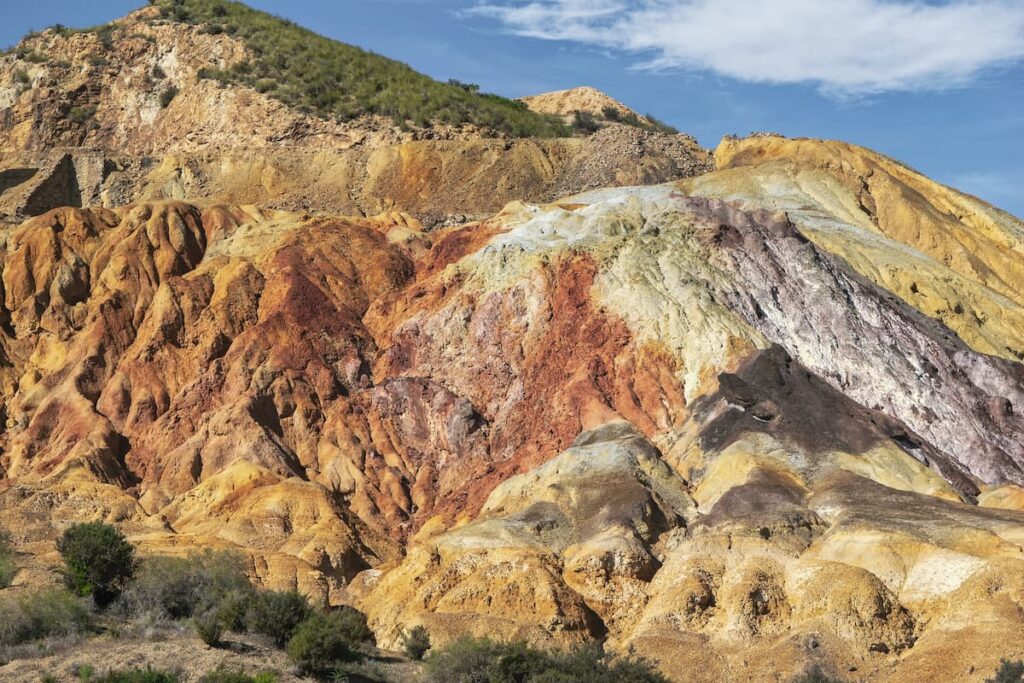As the global shift towards renewable energy accelerates, the demand for key minerals like lithium, cobalt, and rare earth elements continues to rise. These minerals are fundamental to manufacturing technologies such as batteries, wind turbines, and solar panels, essential for achieving sustainability goals. However, the challenge lies in identifying and extracting these resources responsibly and efficiently. Geology software is playing an indispensable role in meeting these demands by modernizing mineral exploration and resource management processes.
Rising Demand for Strategic Minerals
Renewable energy technologies rely heavily on a consistent supply of specific minerals. Lithium and cobalt, for instance, are critical components in lithium-ion batteries that power electric vehicles and store energy for solar and wind systems. Rare earth elements are pivotal for high-performance magnets used in wind turbines and various advanced technologies. The growing adoption of these technologies underscores the necessity for effective mineral exploration strategies.
Geology Software: An Overview
Geology software encompasses advanced digital tools designed to analyze and interpret geological data. By integrating information from sources such as satellite imagery, geochemical analysis, and geological surveys, these tools provide a comprehensive understanding of subsurface conditions. Leveraging algorithms and machine learning, geology software identifies anomalies and patterns that indicate the presence of valuable mineral deposits.
Revolutionizing Mineral Exploration with Geology Software
The integration of geology software into mineral exploration processes has transformed the field, making it more precise, environmentally conscious, and cost-efficient. Here are key ways in which geology software supports the discovery of minerals essential for renewable energy:
- Comprehensive Data Integration: Geology software consolidates diverse datasets, including seismic surveys and borehole logs, creating a unified platform for analysis. This enables geologists to develop a detailed understanding of mineral distribution in a given area.
- Advanced 3D Visualization: Tools within geology software create detailed 3D models of subsurface formations, allowing exploration teams to visualize mineral deposits in relation to the surrounding geology. This aids in targeting extraction efforts while minimizing exploratory disturbances.
- Predictive Analytics: With machine learning capabilities, geology software evaluates geological patterns to predict areas with a high likelihood of containing strategic minerals. This streamlines exploration activities and reduces costs.
- Remote Sensing Technology: Remote sensing capabilities, including satellite-based imaging, help identify surface anomalies that suggest subsurface mineral deposits. These methods are particularly useful for detecting lithium-rich brine fields or cobalt deposits in hard-to-access regions.
- Sustainability Assessments: Geology software supports environmental impact assessments by analyzing data related to mineral deposits and surrounding ecosystems. This ensures exploration activities align with environmental standards and sustainability goals.
Geology Software in Action: Real-World Applications
The transformative potential of geology software is evident in various real-world applications:
- Lithium Resources in South America: In the lithium-rich regions of South America, companies use geology software to map brine deposits, optimizing extraction while conserving local ecosystems.
- Cobalt Mining in Africa: In the Democratic Republic of Congo, geology software helps pinpoint high-grade cobalt deposits, reducing environmental degradation during exploration.
- Rare Earth Element Exploration in Australia: Australian mining firms employ geology software to locate rare earth elements crucial for wind turbines and electric vehicles, ensuring reliable supplies for global markets.
Supporting Renewable Energy Technologies

Geology software has become integral to advancing renewable energy technologies by enabling efficient exploration and resource management. The tools provide:
- Precise Targeting: Geology software minimizes unnecessary drilling and reduces operational costs by identifying the most promising sites for mineral extraction.
- Steady Resource Supply: Accurate exploration ensures a consistent supply of critical minerals for the renewable energy sector.
- Environmental Responsibility: By optimizing resource use and reducing waste, geology software contributes to the environmentally conscious growth of the mining industry.
Sustainability and Geology Software
Sustainability remains a cornerstone of the global energy transition, and geology software plays a pivotal role in this endeavor. By enabling efficient exploration, the software reduces the carbon footprint of mining operations. Moreover, it supports recycling efforts by identifying secondary sources of minerals, such as industrial waste and tailings.
These tools also promote responsible resource extraction by providing data that helps companies adhere to environmental regulations. For instance, accurate modeling reduces the likelihood of unnecessary disruptions to ecosystems during exploration.
Overcoming Challenges in Adopting Geology Software
Despite its advantages, implementing geology software in mineral exploration is not without challenges. High initial costs and the requirement for skilled personnel can deter smaller operations. Additionally, integrating diverse datasets into a cohesive platform can be technically complex.
However, ongoing advancements in artificial intelligence and big data analytics are making these tools more accessible and user-friendly. As the demand for sustainable mining practices grows, the adoption of geology software is expected to expand significantly.
Future Trends in Geology Software
The future of geology software lies in its ability to integrate cutting-edge technologies. AI-driven algorithms will further enhance predictive analytics, while real-time data processing will enable more responsive decision-making. Innovations in remote sensing and augmented reality could revolutionize how geologists interact with and interpret geological data, making exploration even more efficient and sustainable.
Conclusion
Geology software is redefining the landscape of mineral exploration, particularly in the context of renewable energy technologies. By offering accurate, efficient, and environmentally responsible exploration methods, these tools are critical in meeting the growing demand for strategic minerals. As industries worldwide embrace the renewable energy transition, geology software will remain a cornerstone of sustainable mining practices.
Mining companies seeking to align with global sustainability goals must prioritize integrating geology software into their operations. A standout example in this space is K-MINE, which provides a comprehensive suite of tools tailored for efficient and sustainable exploration, making it a valuable asset for modern mineral discovery and management.
